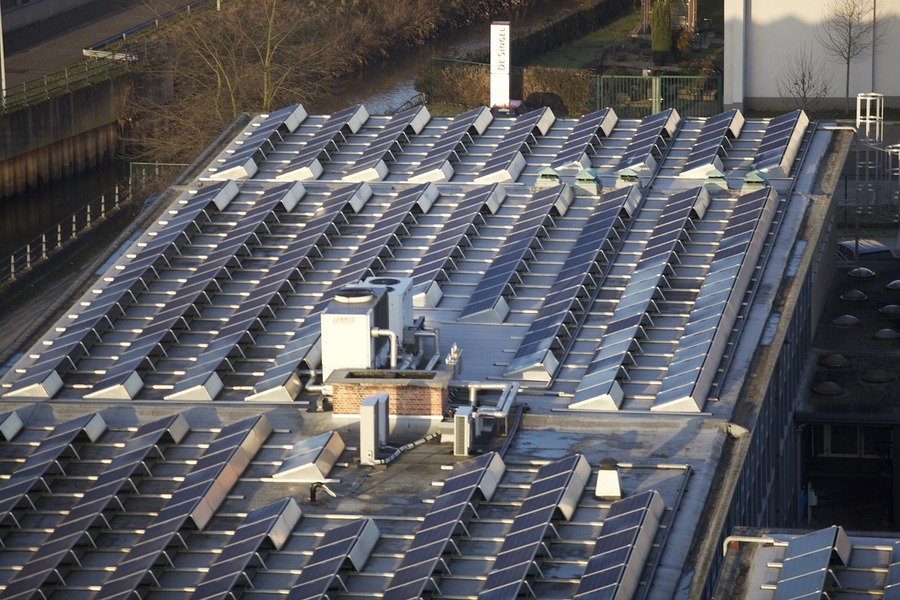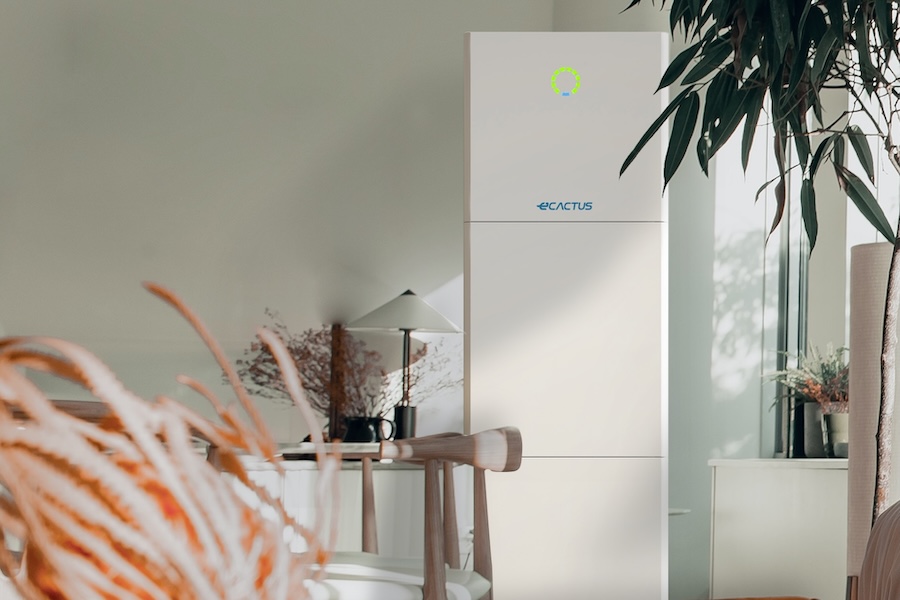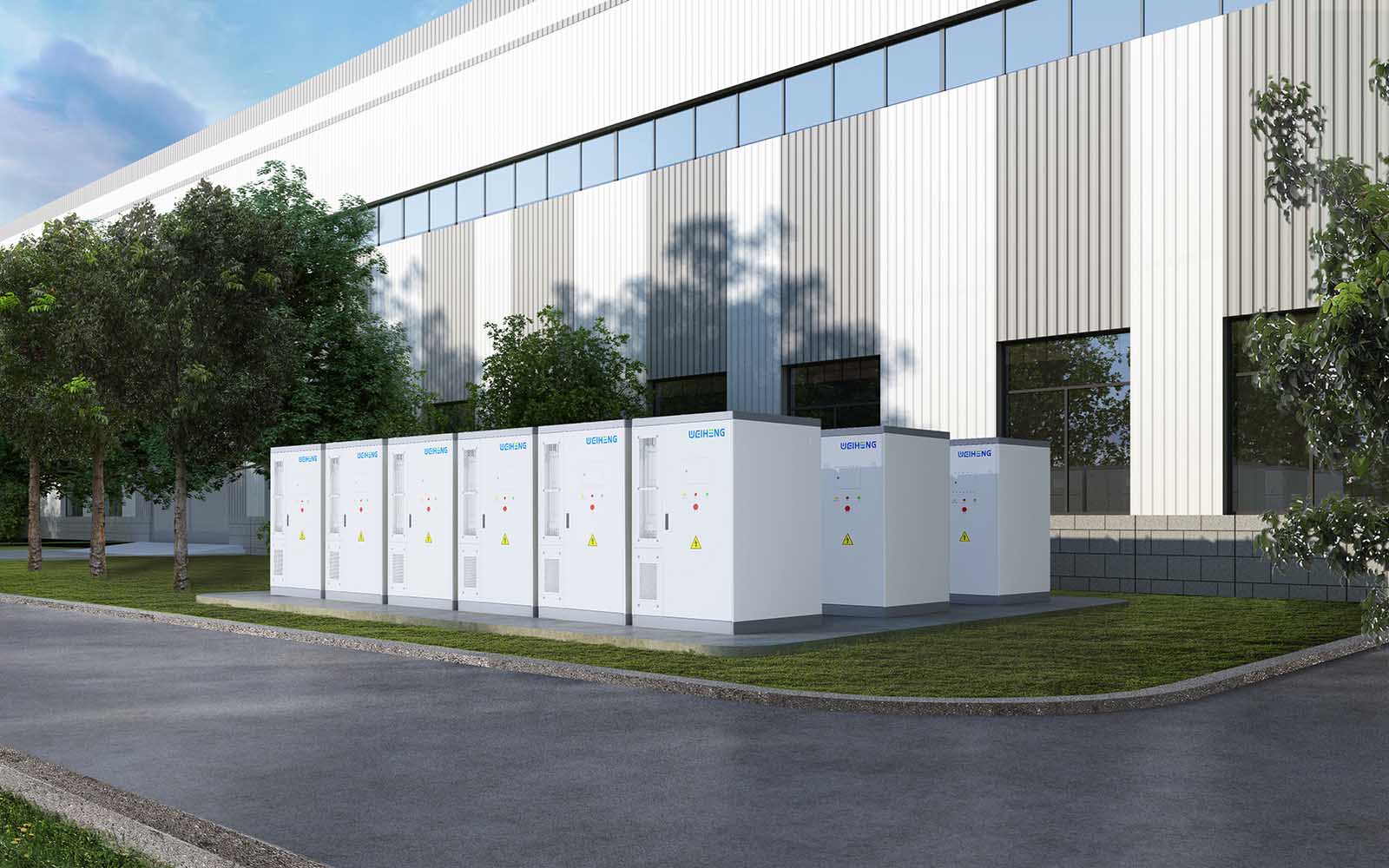
The domestic (and small commercial) solar PV market in the UK is now well-established, having been driven by government incentives over a decade ago. Some of the more generous Feed-in Tariffs (FiT) and other government schemes are now firmly in the past, but UK residents can still benefit from incentives.
Since April 2022, zero VAT has been charged on batteries when installed with PV panels. The FiT was replaced with a Smart Expert Guarantee (SEG) and it still makes economic sense to build into a load-shifting charge plan.
The economic case for energy storage and other associated technologies is evolving rapidly. Innovation and technological refinement make installation easier and payback quicker.
Battery storage products have been available for years, but until recently, uptake has been somewhat slow compared to basic PV-to-grid systems. In this article, we’ll explore why this is, what has changed, and how installers and manufacturers are preparing themselves and driving this market development.
How are UK PV installers meeting this growing demand for batteries in domestic and small commercial PV?
The current rapid market demand for Battery Energy Storage Systems (BESS) in domestic PV installations in the UK presents a significant opportunity for installers. As governments and organisations strive to increase the adoption of renewable energy sources, BESS have emerged as an essential component for enabling renewable energy generation solutions. With the market projected to grow significantly in the coming years, installers are positioning themselves to capitalise on this growth and contribute to the increased adoption of renewable energy sources.
UK domestic and commercial PV installers recognise this market opportunity and gear up to meet the growing demand. With applications such as peak shaving, self-consumption optimisation, and backup power, the economic case is becoming ever more robust for solar storage batteries. The UK BESS market was valued in 2022 at $379 million USD with robust growth, according to TechSci Research. McKinsey and Company expect the global BESS market to double by 2030, reaching $120 billion to $150 billion. There is immense potential in the domestic battery space, both in the UK and the global market, for installers and manufacturers.
To capitalise on this opportunity, installers differentiate themselves based on several factors. Cost remains a crucial consideration for customers, and installers strive to offer competitive pricing while maintaining quality.
Reliability is another crucial factor, as customers expect their solar storage batteries to perform consistently and provide an uninterrupted power supply. Installers with a strong project management track record are also preferred, as they instil confidence in customers regarding the successful implementation of their BESS installations.
Additionally, energy management systems play a vital role in optimising the performance of solar storage batteries, and installers are emphasising the availability of robust and efficient energy management solutions.
Why is the market for BESS behind, and what’s the opportunity now?
The uptake of battery energy storage systems (BESS) for domestic photovoltaic (PV) systems in the UK has been slow for several reasons. Firstly, the cost of solar storage batteries has been a significant barrier to adoption. The fragmented market only recently needed more economies of scale to drive down costs. As a result, the upfront investment required for homeowners to install a BESS alongside their PV system has been prohibitive in the past.
Educating homeowners about the potential cost savings and increased energy independence achieved through solar storage batteries will be crucial in driving uptake. This education also involves a general understanding of the safety of batteries. As recently as 2020, the UK Government formally addressed this widespread concern in a study as part of a joint effort with manufacturers and trade associations to improve battery safety and the perception of battery safety.
The installation and maintenance of BESS for domestic PV systems has required specialised knowledge and skills, so homeowners have faced challenges in finding qualified installers and ensuring proper maintenance of their storage batteries. Installers have found it easier not to dabble in technologies that have required additional training, especially when they find potential customers have jumped at the cost.
Finally, battery units have been heavy and bulky, though they are evolving fast. Until recently, the physical space requirements of the battery have put off homeowners and installers, as they have been seen as a sizeable additional unit, while PV inverters can be easily placed out of sight in the loft or up on a wall. Alongside safety fears, customers have been reluctant to invite ‘large’ batteries into their homes.
What has changed, and why is the market for domestic batteries snowballing?
Solar storage battery systems are rapidly becoming more attractive for homeowners and private and social landlords. One of the key factors driving this change is the accessibility of equipment for any electrician to install with confidence. Plug-and-play battery units make battery installation accessible to any qualified electrician. Developments in online training, such as 3D dynamic models, have also had a significant impact by removing any mystery in the installation process. With training, any installer can be confident in doing a perfect job with few surprises.
Solar storage battery systems are becoming more desirable for network operators and governments because they make the electricity grid more resilient and sustainable. By storing excess solar energy generated during the day, homeowners can use this stored energy during peak demand periods or when sunlight is unavailable, reducing pressure on the national grid.
From the homeowner’s perspective, this helps reduce electricity bills and enhances energy independence and resilience. Domestic electricity market prices in the UK are consistently on an upward trend, with regular coverage surrounded by anxiety in the national media. Batteries offer increased control and flexibility over energy usage because they can optimise their energy consumption using stored solar power during high-demand periods or when electricity prices are higher. This allows them to save money on their energy bills and maximise the benefits of their PV systems.
How do the financials look now?
The installation of batteries with PV systems in the UK has become economically viable, mainly due to the rapid improvement in battery cell efficiency. The battery storage cost per kilowatt-hour (kWh) has significantly decreased over the years, making it more accessible and affordable for homeowners. This cost reduction makes it more feasible for households to invest in solar storage batteries.
Greenmatch says that a 5kWh domestic PV system battery comes in at around £3,500–£5,000. That price range roughly covers both current and next-generation technology. Battery features and chemistry are changing rapidly, and innovative products significantly reduce costs.
WeiHeng/eCactus can offer top-tier specification and technology at a lower price point than reported by Greenmatch. Its a best of both worlds for an end user, (top quality and one of the lowest prices). In relation to its technology, WeiHeng/eCactus currently holds 58 patents, which is quite an achievement for a company that launched in 2017.
The eCactus Agave is an ergonomic system that is easily assembled. For installers, the all-in-one design means a significant reduction in the labour required for installation and maintenance. High-tech and scaled manufacturing facilities lead to the market-leading affordability of the units.

The decreasing cost of lithium-ion batteries (the most popular choice used for solar power storage) has played a significant role in the economic viability of installing BESS at the same time as domestic PV systems. The recent UK energy bill price shock in 2022 really stimulated demand.
Lower battery costs allow homeowners to choose the most suitable and economical option for their energy storage needs. This downward trend in battery prices will likely continue in the coming years, further enhancing the economic viability of installing BESS with domestic PV systems.
Having a BESS installed will allow homeowners to store excess energy generated by their PV system during the day and use it during high demand or at night. This reduces reliance on the grid and can lead to significant savings on electricity bills.
Also, consumers can charge their battery at night during lower tariffs and discharge it during peak tariff times. Settings can be changed according to seasonal variations, EV ownership and usage habits in general. With our ECOS applications, four different charge and discharge settings can be implemented in a 24-hour period, offering plenty of opportunity to save money, help the environment and help to create usage balance in the grid.
How do batteries fit with PV and sustainability?
Battery energy storage systems (BESS) are crucial for transitioning to renewable energy sources, such as solar and wind power, because of the problem of intermittency. These systems store excess energy generated from renewable sources and release it when needed, ensuring a reliable supply of green energy even when the sun isn’t shining or the wind isn’t blowing. Currently, lithium-ion batteries are the dominant technology for large-scale BESS projects. Battery storage is necessary because of its ability to increase the value of offshore wind energy and contribute to achieving net-zero emissions.
In terms of lifespan, there is a difference between solar photovoltaic (PV) systems and behind-the-meter (BTM) BESS. Solar PV systems are designed to last more than 25 years, while BTM BESS has a useful lifespan of about 10-15 years. This discrepancy in lifespan will require careful planning and consideration when integrating BESS into PV systems in the UK.
It is essential to ensure that the battery storage technology chosen for PV systems aligns with the expected lifespan of the solar panels to maximise the efficiency and longevity of the entire system. From a sales perspective, BESS can be bundled with photovoltaic panels or integrated into smart homes or home electric vehicle (EV) charging systems. This integration allows homeowners to optimise their self-consumption of renewable energy and benefit from peak shaving capabilities and backup power.
How are manufacturers meeting the market opportunity?
Manufacturers have been developing domestic battery systems for over a decade, so the technology has matured, with easy and smart products bringing down prices and making installation accessible.
Weiheng/eCactus have recently launched the AGAVE-Residential ESS, a revolutionary hybrid all-in-one battery energy storage system. It has several convenient features, including self-power, backup, and load-shifting modes, to provide flexibility and reliability to homeowners. Its adaptative functionality ensures smooth integration with the customer’s existing solar setup, eliminating the need for additional modules and inverters.
The system includes a compact and independent IP65-rated inverter, available in capacities up to 6 kW, combined with a 5.12 or 10.24 kWh battery capacity, allowing seamless installation in any residential setting. For larger residential or small commercial applications, these can be paralleled up to 5 x 10.24 kWh. The system supports VPP (Virtual Power Plant) and AIOT (Artificial Intelligence of Things), enabling smart energy management and optimisation.
The AGAVE-Residential ESS is leading this fast-growing market as an innovative, flexible, and efficient residential solar energy storage solution, offering a seamless and hassle-free experience.







